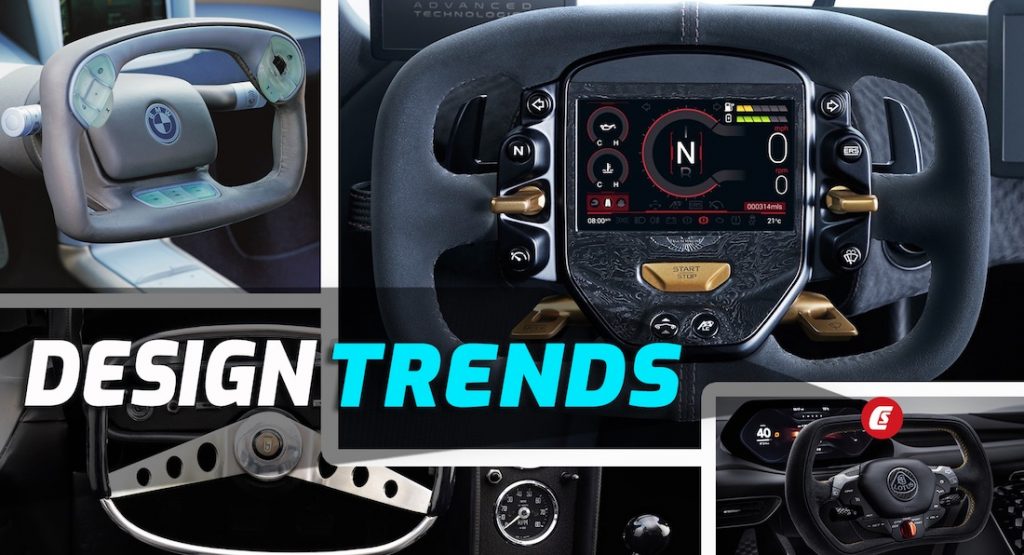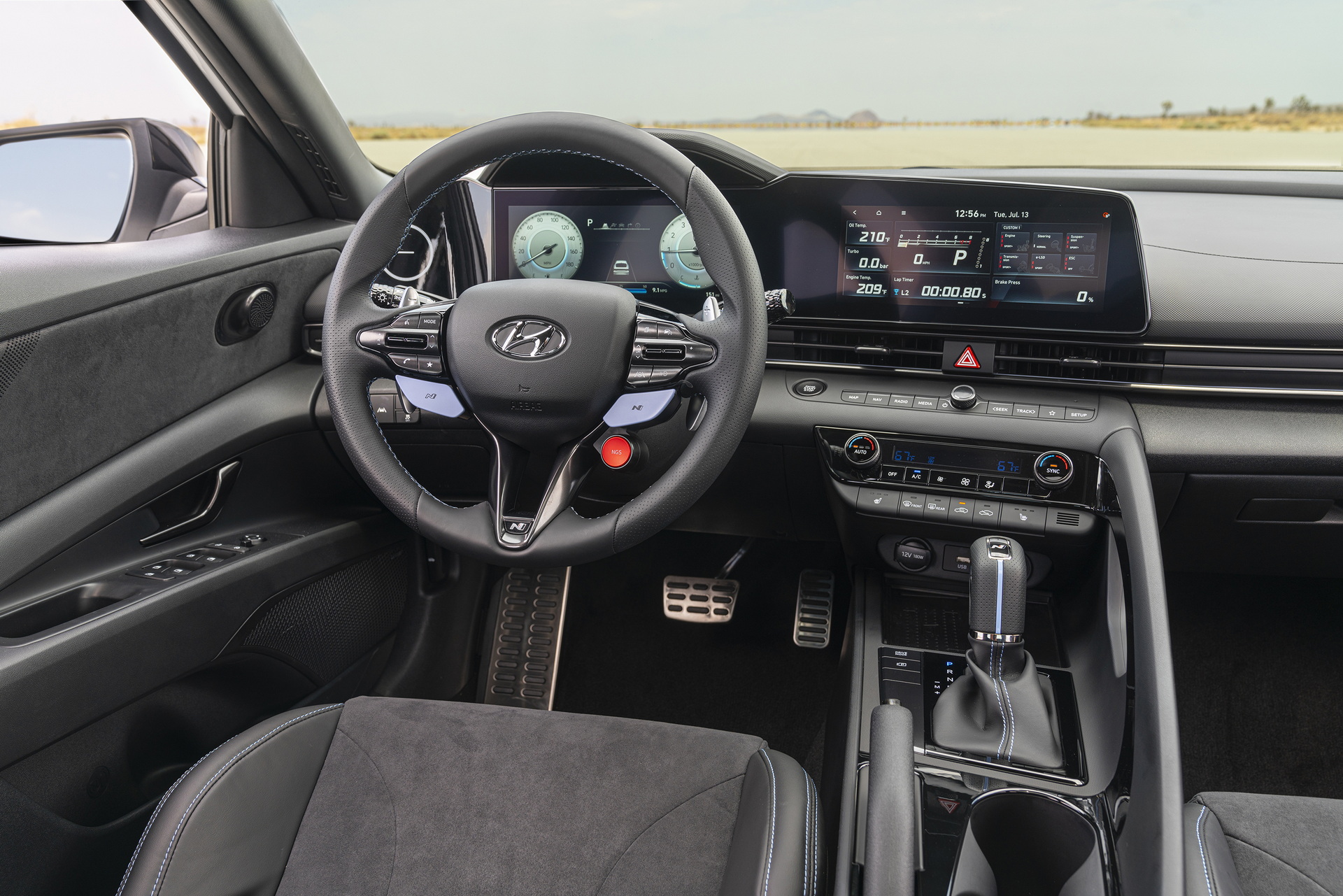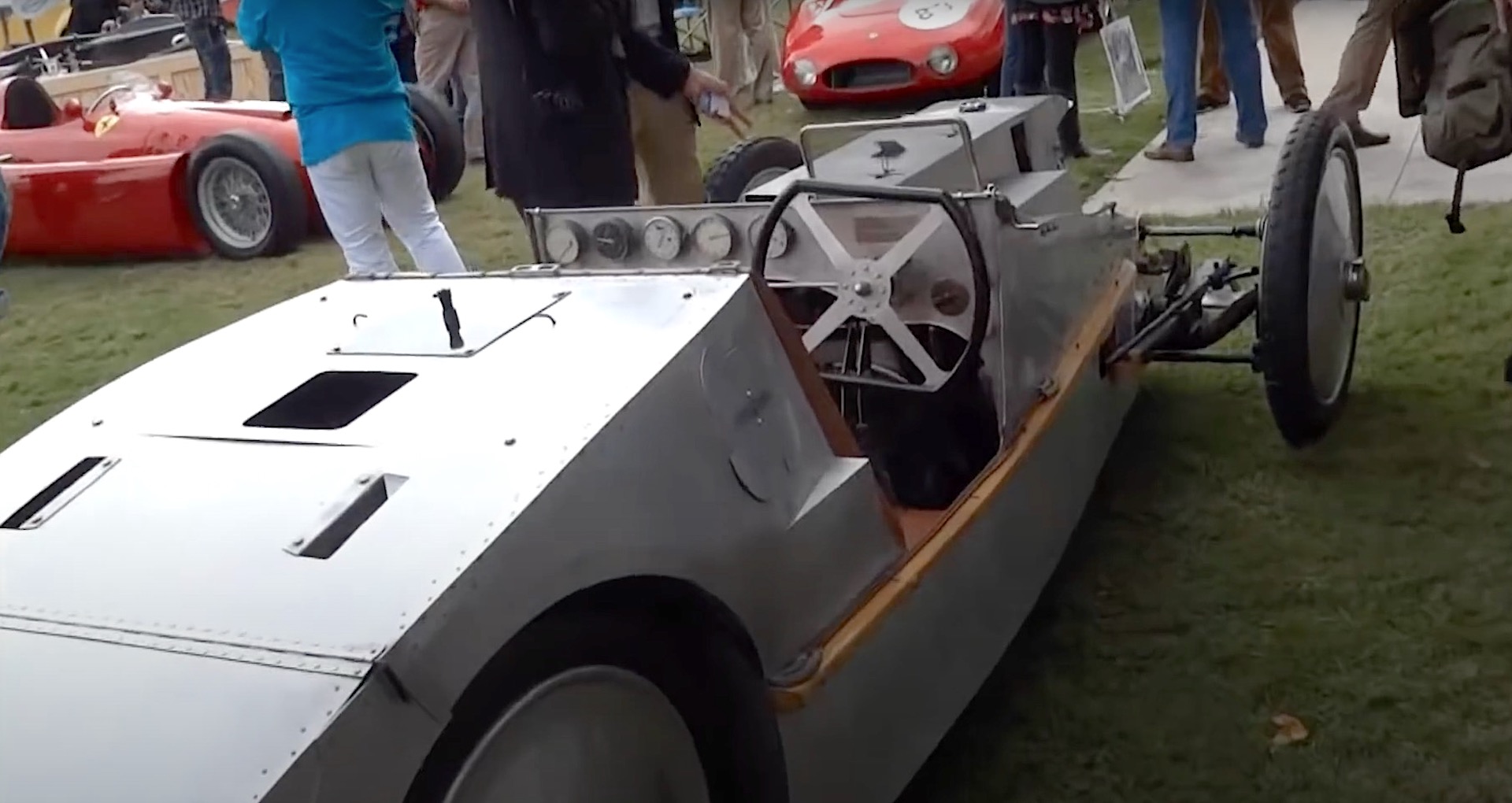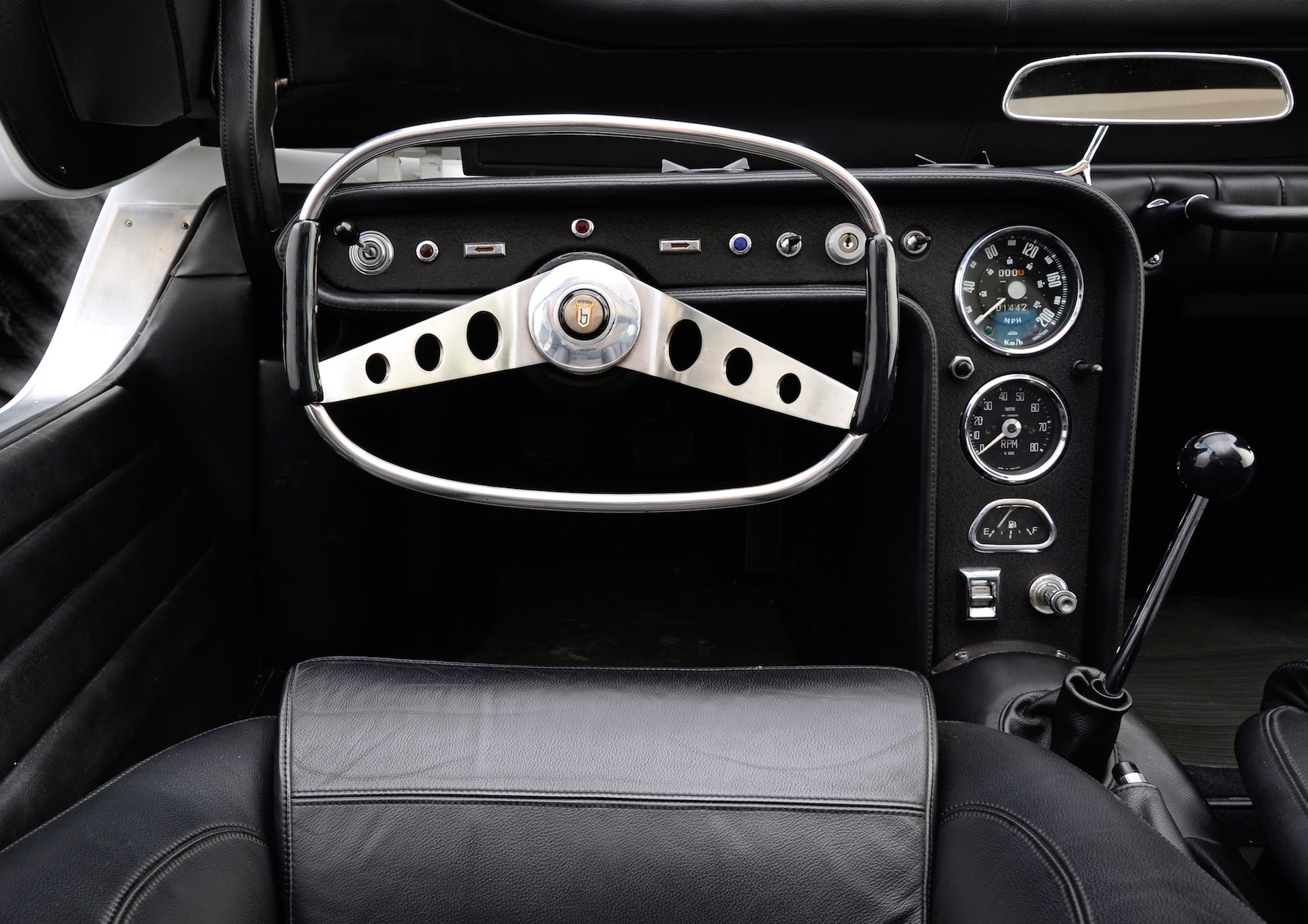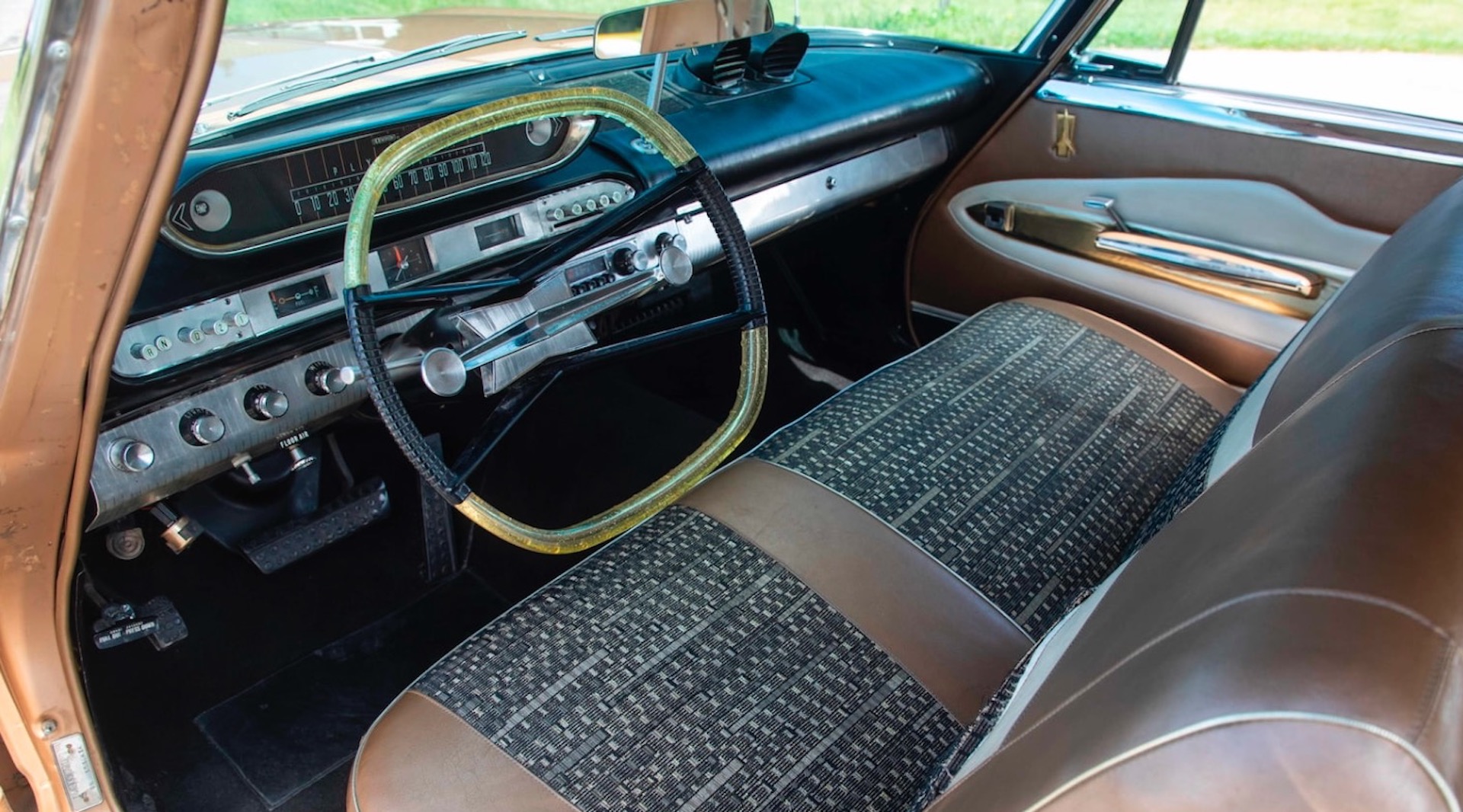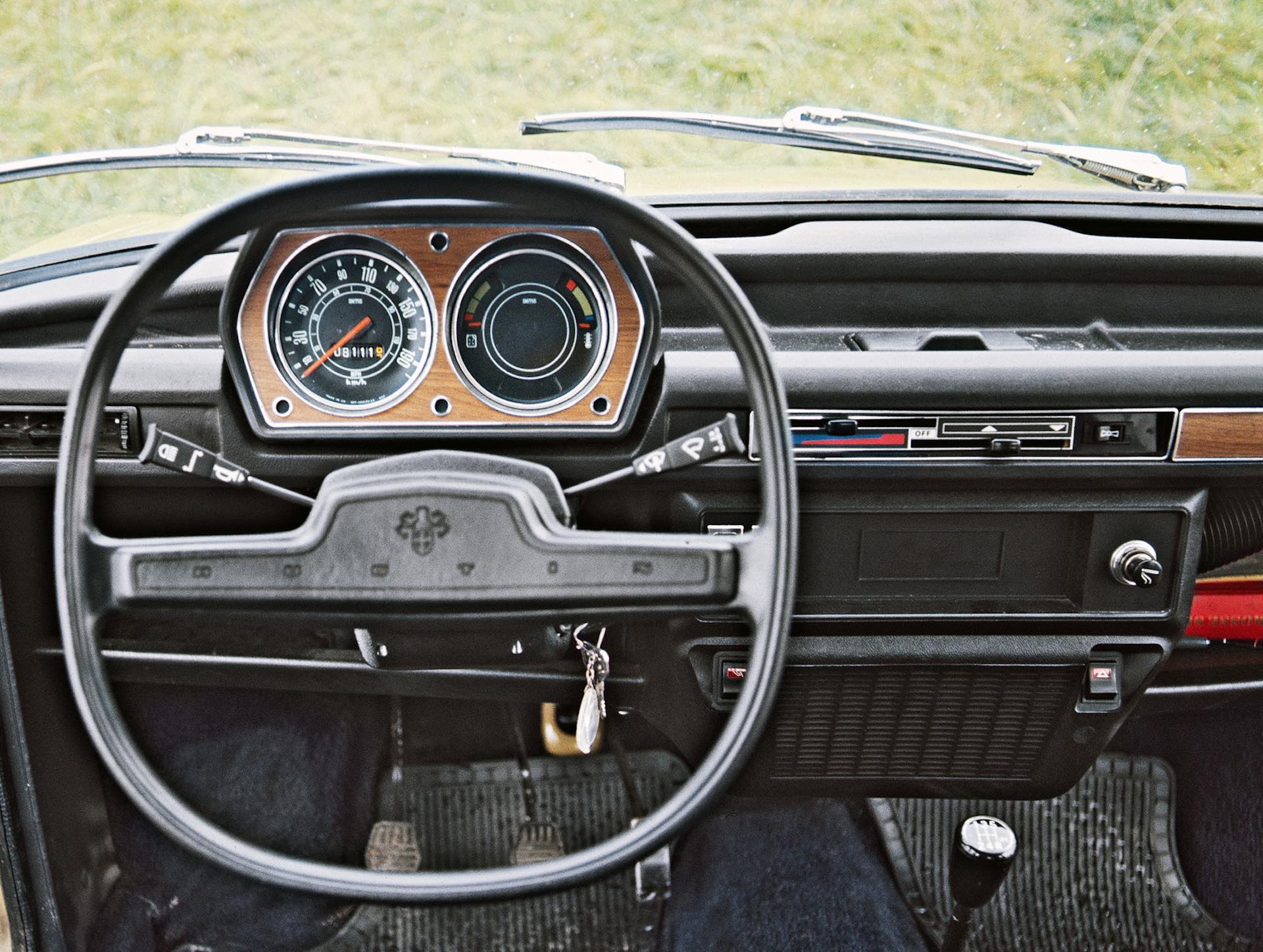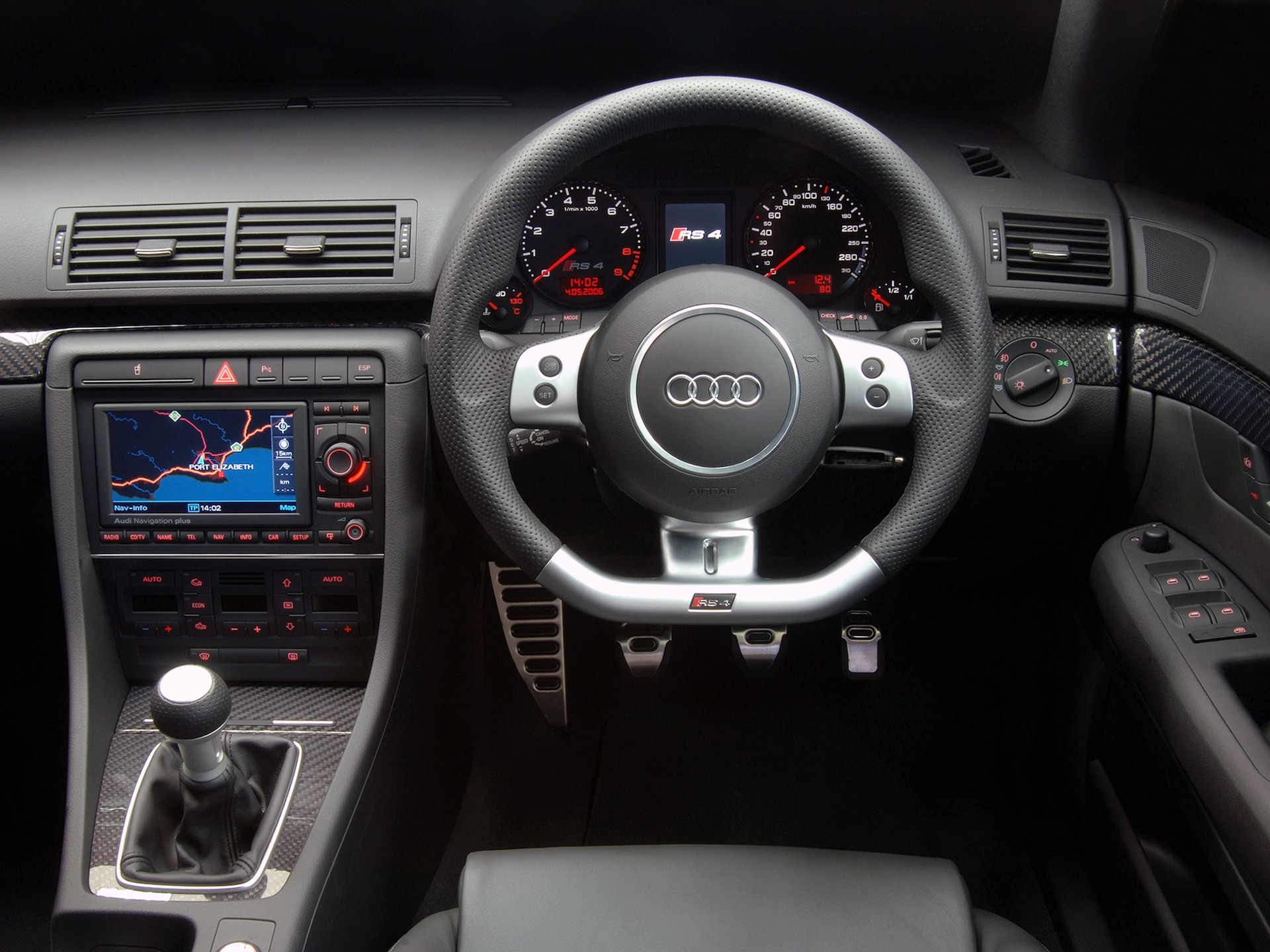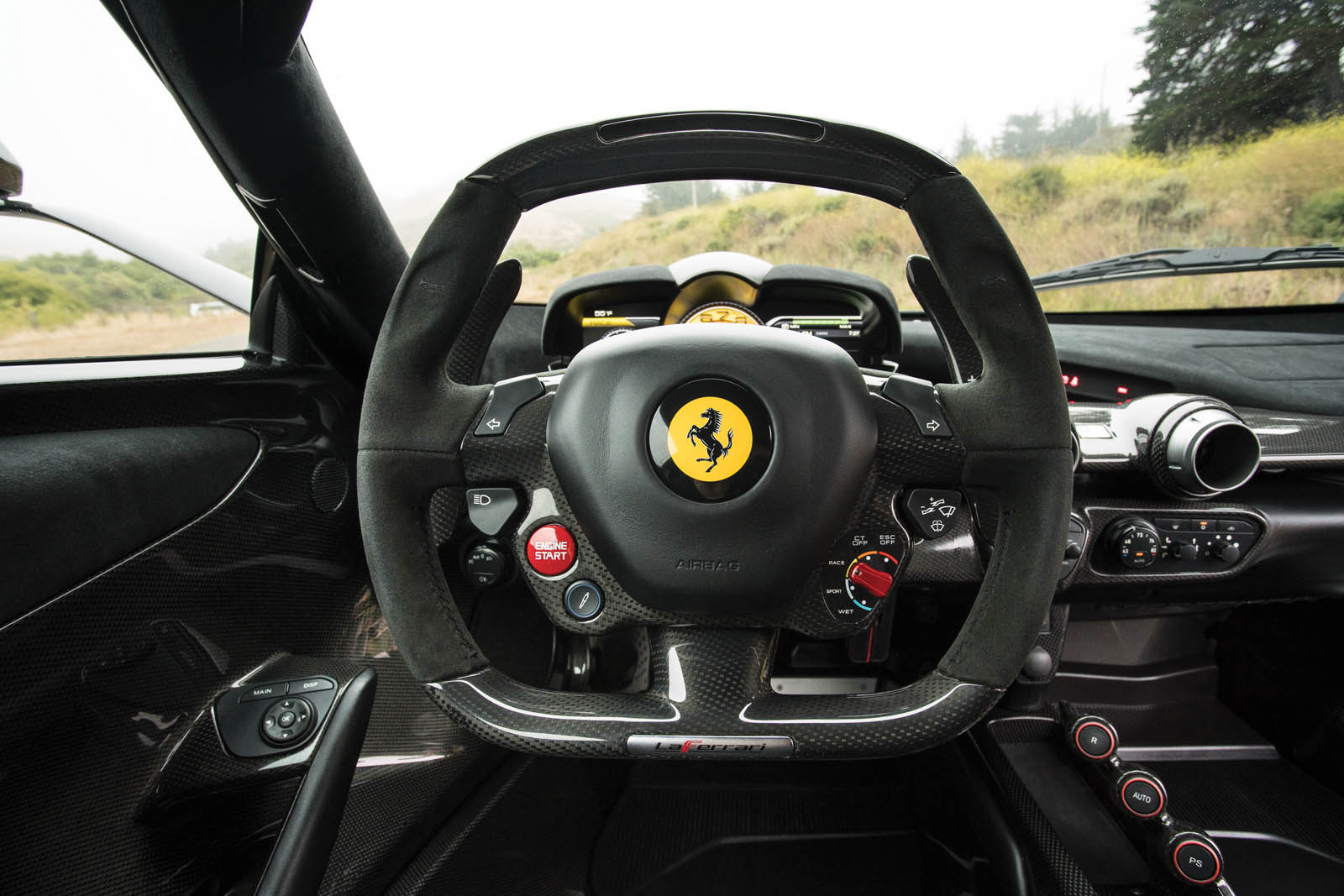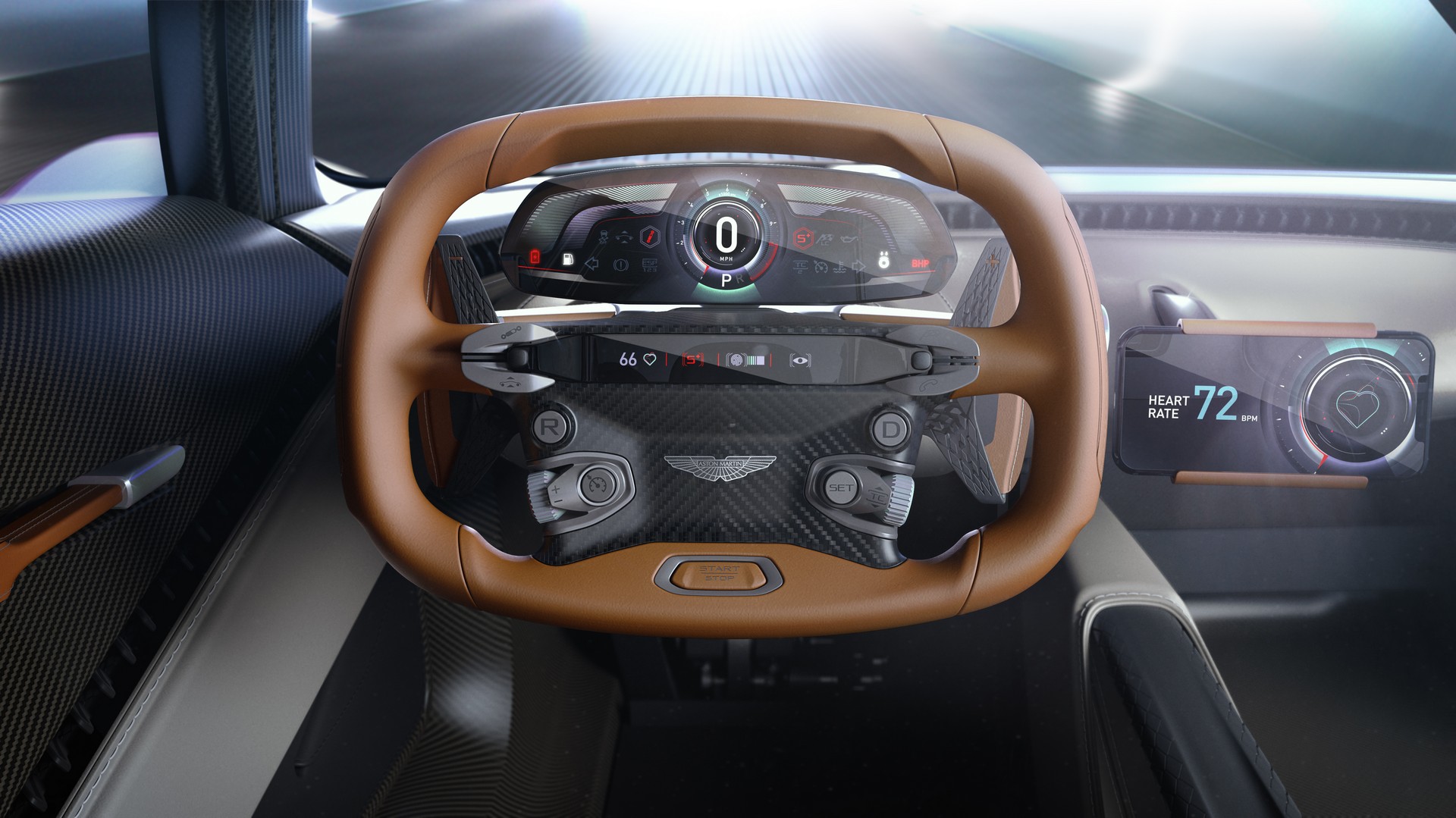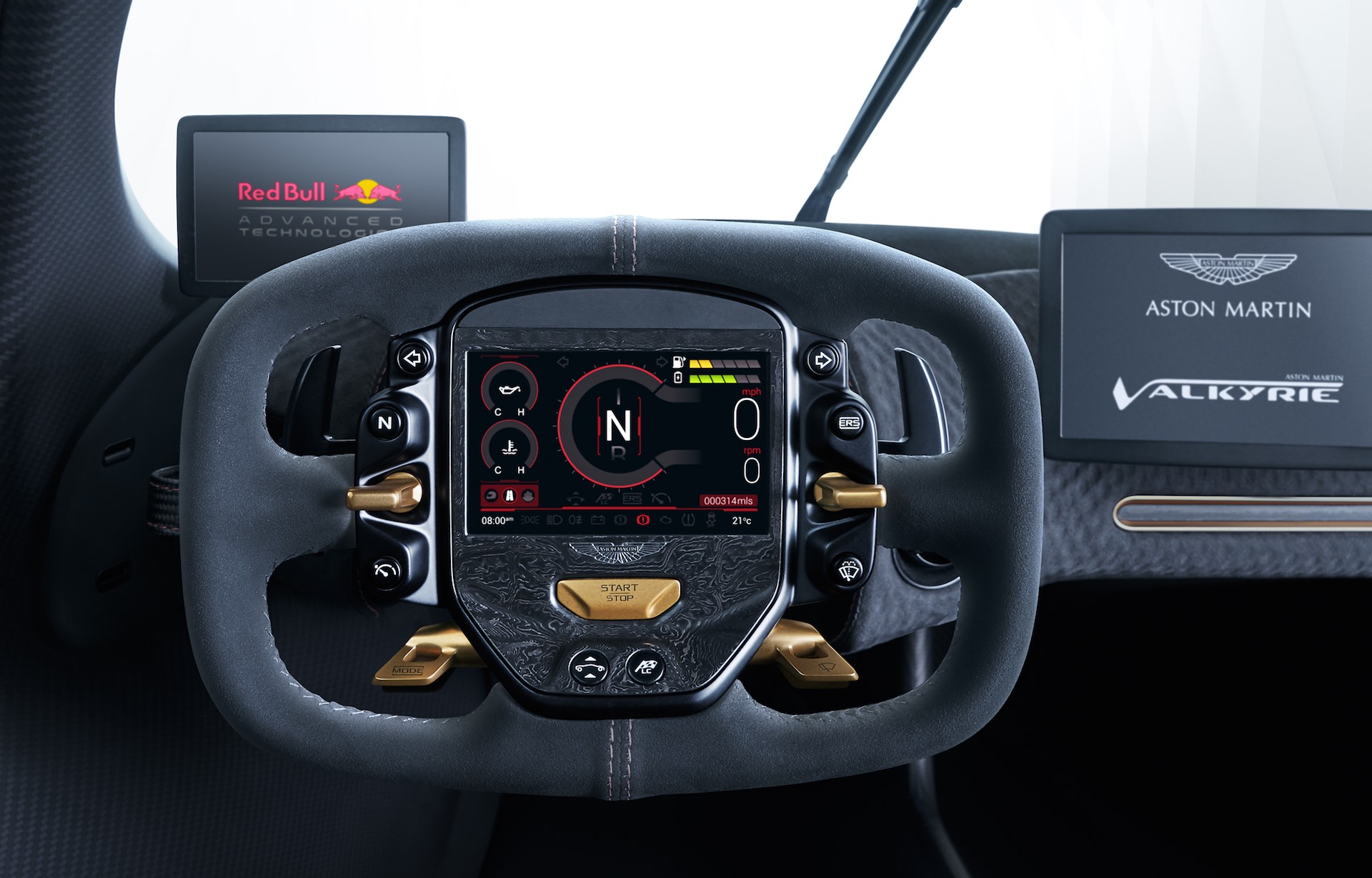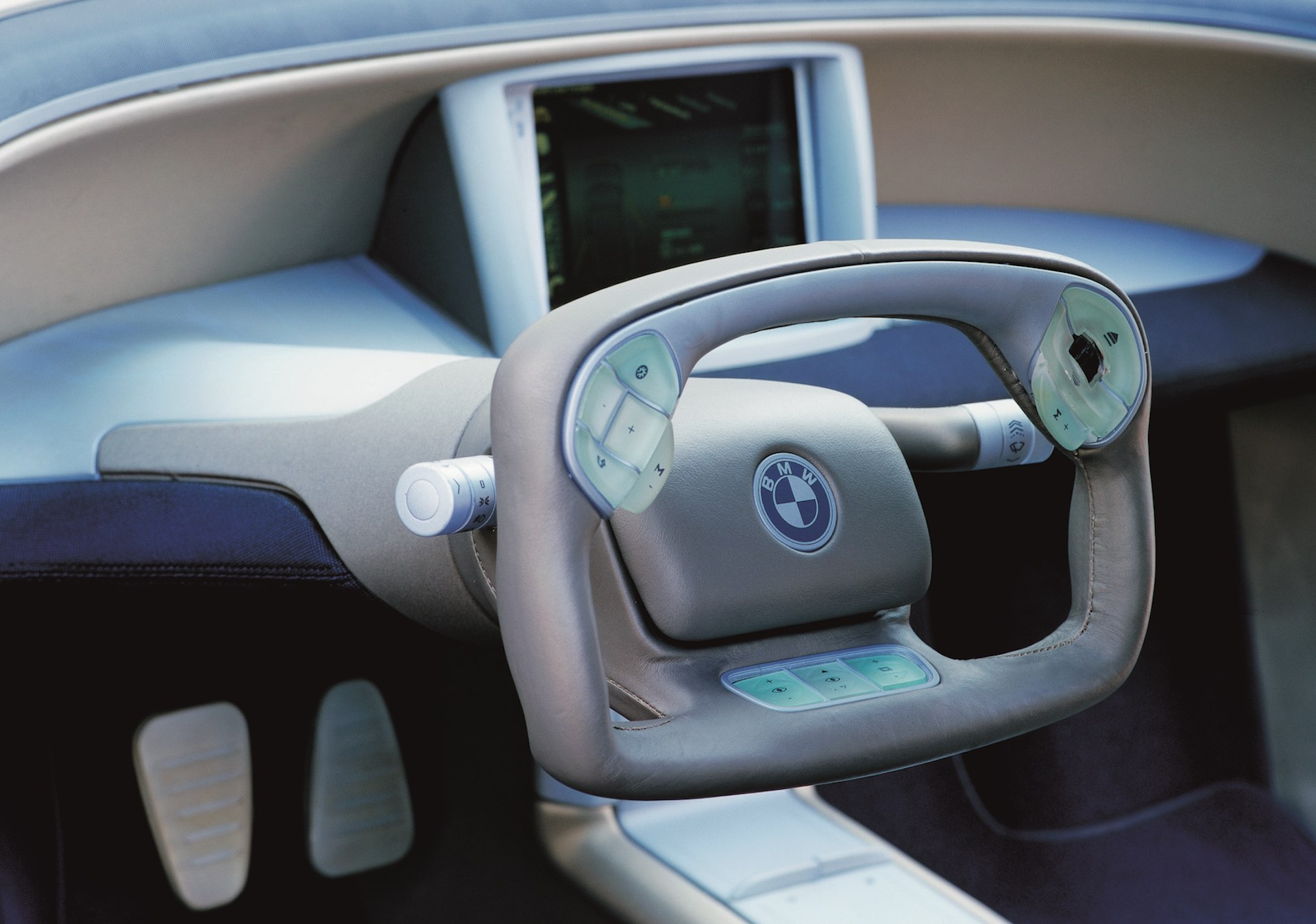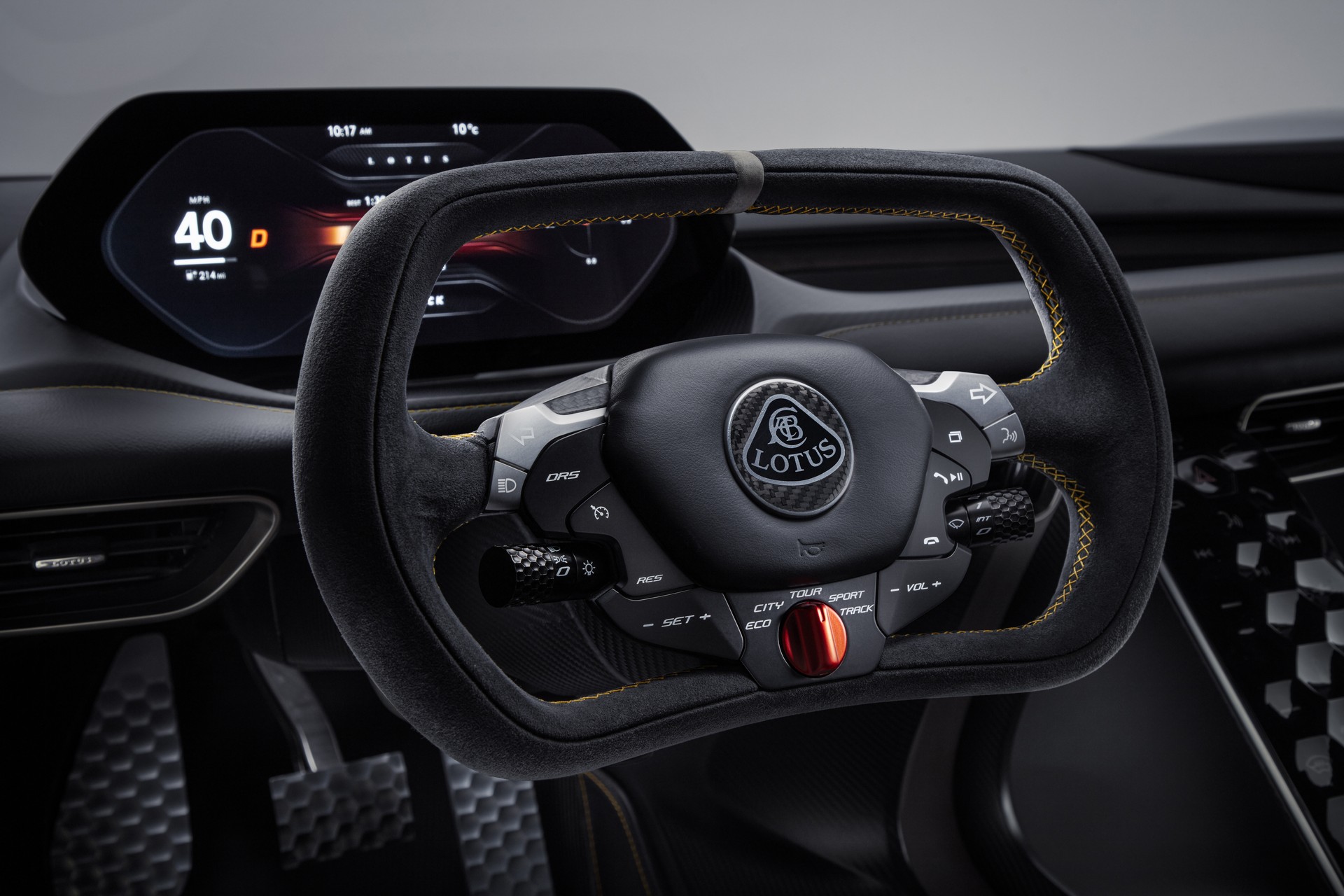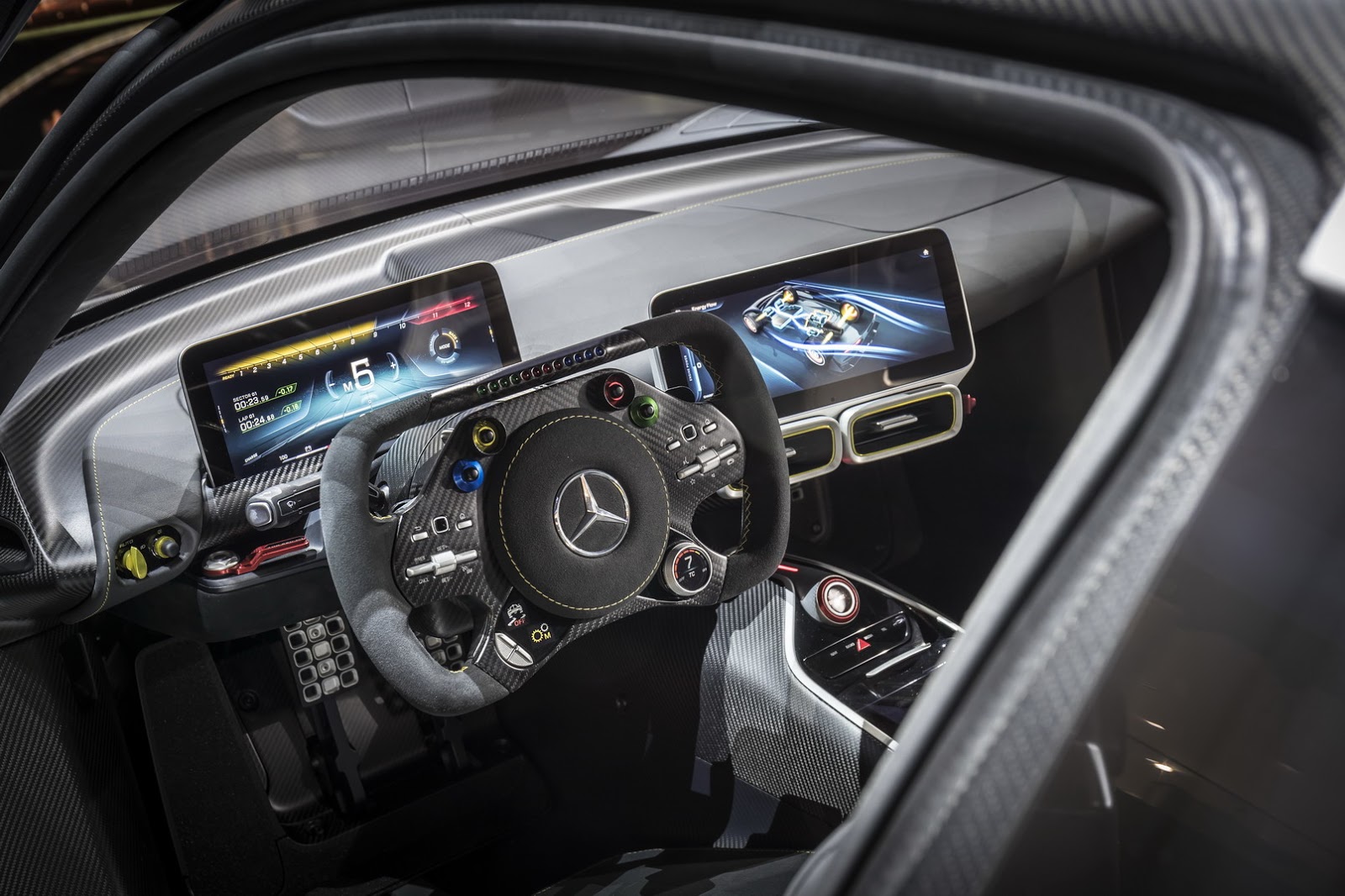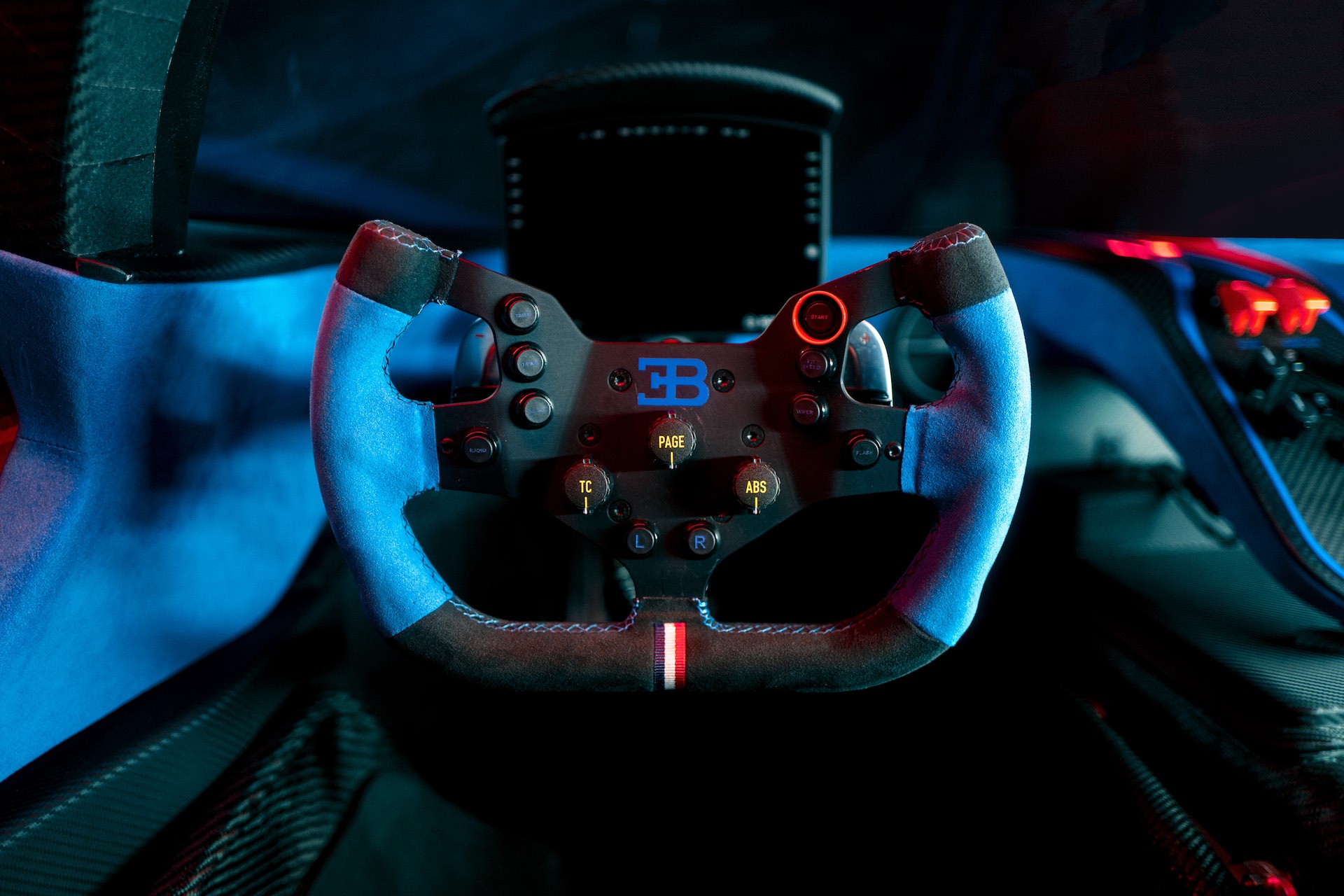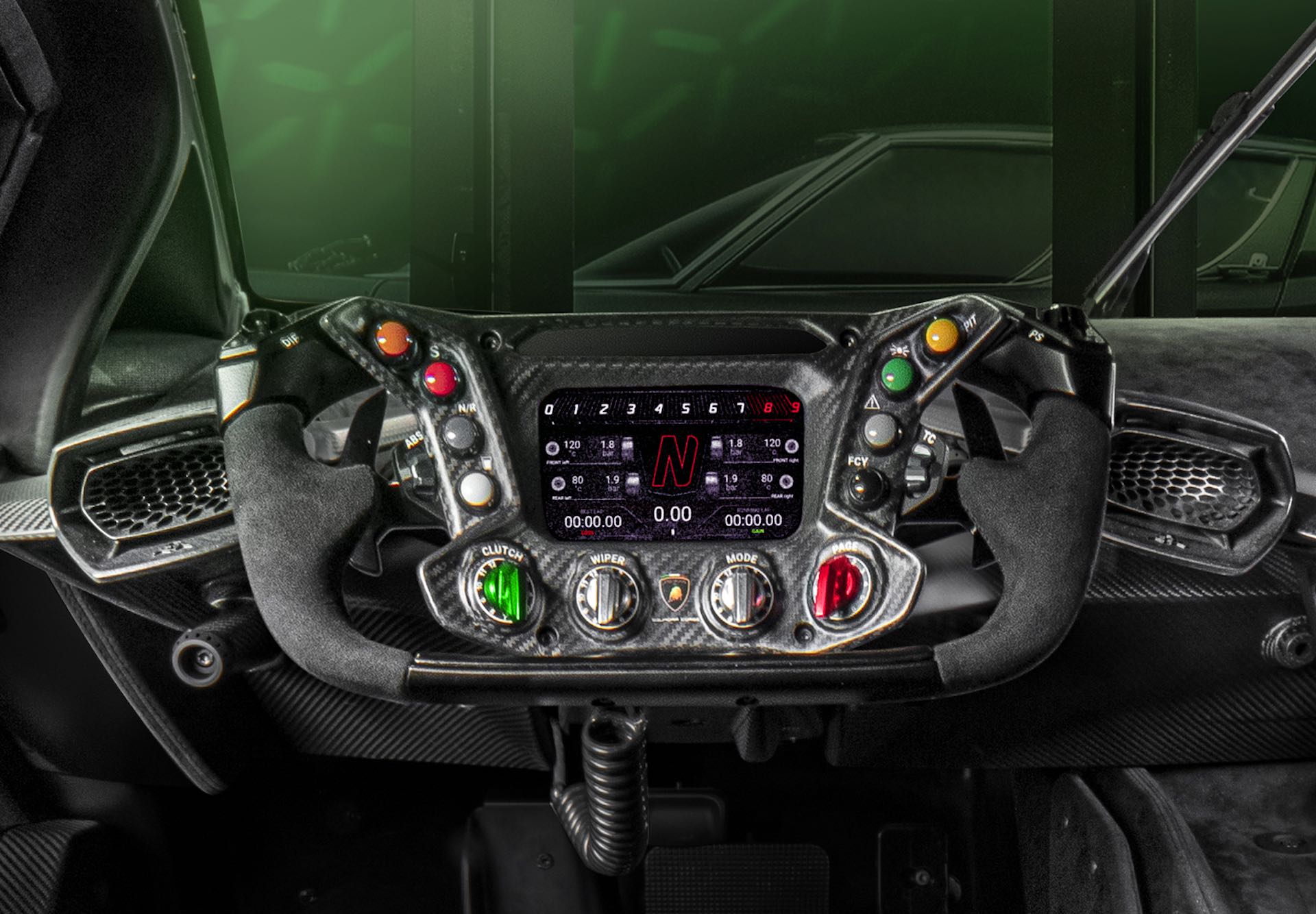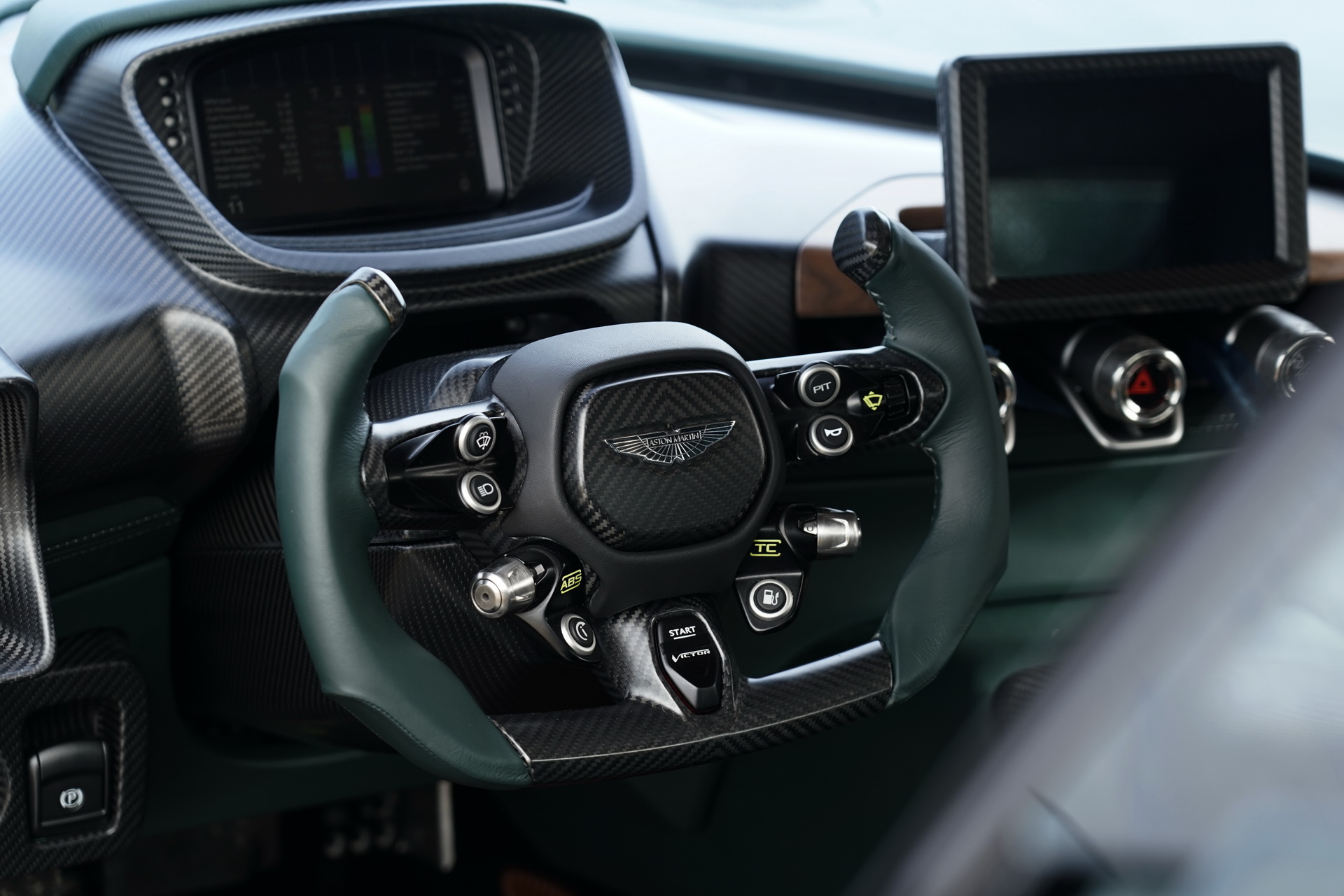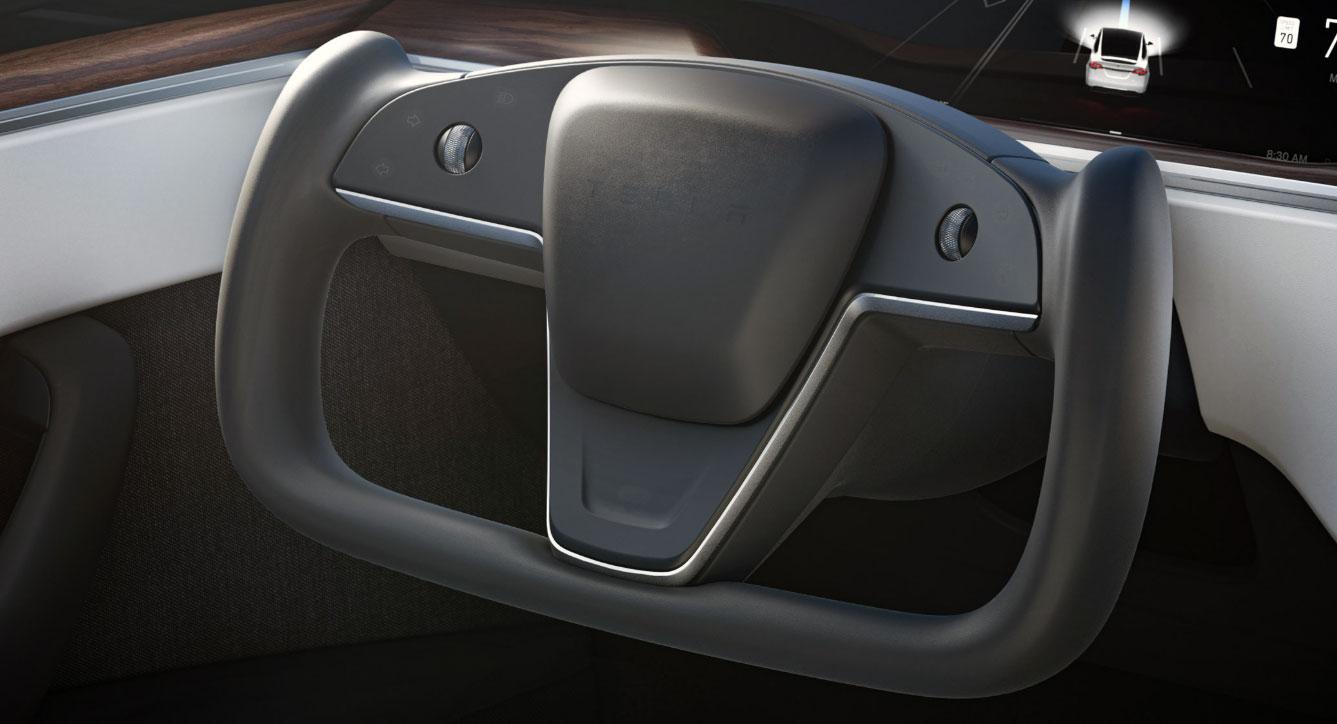Hyundai’s Elantra N ticks all the boxes for a modern sporty subcompact. It’s got a punchy turbo four, an electronically controlled limited slip diff to help it put its 276 hp to the pavement, and, on the DCT-equipped cars, a steering wheel-mounted overboost button that gives an additional 10 hp shot for up to 20 seconds.
The one thing it doesn’t have, the one thing you won’t find on any of Hyundai’s N cars, is a flat bottom to that steering wheel. R&D boss (and ex-BMW M head honcho) Albert Biermann told me a couple of years ago that he hates them, which is why the Hyundais’ steering wheels are resolutely round.
Related: Which New Car Dashboards Would Drivers From 40 Years Ago Still Recognize?
But that puts the N machines in the minority when it comes to performance car steering wheel shapes, which are moving way beyond simply having a flat bottom to barely having any curved surfaces whatsoever.
Square Roots
Squared steering wheels aren’t a new idea. When the innovative Voisin C6 Laboratoire appeared in 1923, cars hadn’t long abandoned tillers for wheels, but its own wheel, with flat surfaces on both the top and bottom, looks uncannily like the steering wheels fitted to some modern supercars built almost a century later.
Car designers experimented with squared wheels in the early 1960s, both in concept cars like the Corvair Testudo (top pic) and production cars such as the Plymouth Fury. We presume the argument was that the unusual shape allowed a clearer view of the instrument cluster. Or maybe it just looked suitably sci-fi in an age obsessed with space travel.
And in Europe in the 1970s, British Leyland gave its dumpy Allegro sedan a ‘quartic’ wheel, which was basically the same thing, and just another excuse for critics to make fun of the much maligned Ford Escort rival.
One of the arguments then and now for the flat bottom is that it helped improve legroom, much like the offset hub on a Porsche 924’s wheel. But that argument loses its power when you consider the glacially slow steering ratios on most older cars meant you frequently had to turn the wheel far enough that the top section would be over your legs.
Square Makes A Comback
It was the mid 2000s when the current fad for non-circular wheels really exploded. Cars like the Lamborghini Gallardo and B6-generation Audi RS 4 set a trend that caught on quickly, and these days most cars with even a vague pretense at being performance machines have flat-bottom wheels.
As the 2000s turned into the 2010s, flat bottomed became flat all over with cars like the LaFerrari and Aston Martin DB11, among others, rocking wheels with multiple straight sides.
Skip forward another decade to the 2020s and the square has given way to the rectangle. Inspired by F1 and LMP racers, the latest bunch of supercars and hypercars almost all feature rectangular wheels of one kind or another.
The Aston Martin Valhalla and Valkyrie both have rectangular wheels that look similar in shape, if not in style, to the one found on the 1999 BMW Z22 concept.
Meanwhile hypercars like the Lotus Evija and AMG One have wheels that are flat on the top, and actually curved inwards on the bottom edge.
Related: This Futuristic Steering Wheel Concept By GM Design Could Make Windscreens Obsolete
And some, like the track-only Bugatti Bolide and Lamborghini Esenza, the one-off Aston Martin Victor and the latest Tesla Model S, have no top part to the steering wheel at all. Which is probably fine in a racing car where you almost never cross your arms, but less handy in a road car when you need to wiggle through city traffic and make U-turns.
Do you prefer your steering wheels square, rectangular or just in the shape of a good old fashioned circle? Let us know in the comments.








